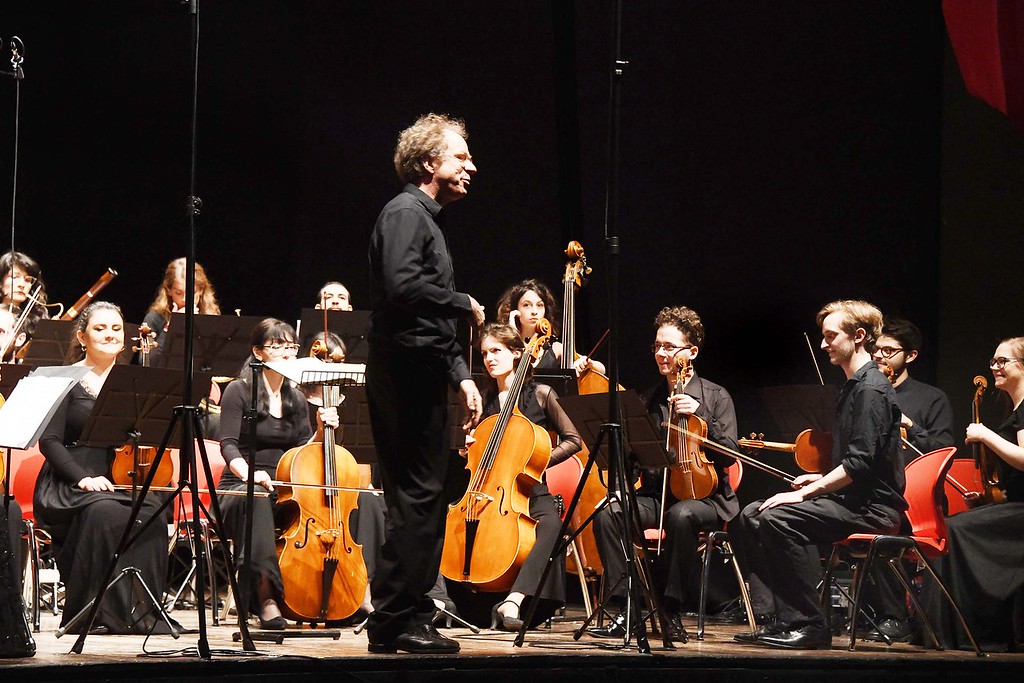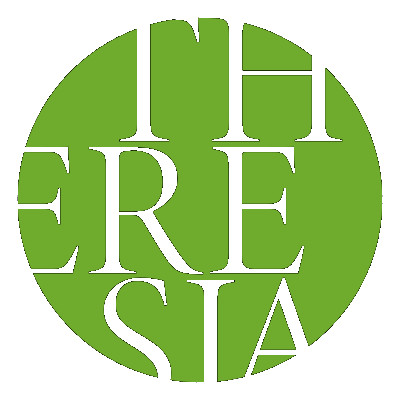
Salieri, Haydn and Mozart: January program for Theresia Orchestra
By Emilia CampagnaJanuary 22, 2020
Paris, December 1786. Vienna, June 1788. London, March 1794. What do these places and dates have in common? Next Theresia’s program is the answer.
Our orchestra will perform in its first concerts of the year today in Milan (at Palazzina Liberty) at tomorrow in Verona (Teatro Ristori).
Theresia will be conducted by Alfredo Bernardini in an interesting musical program that includes Antonio Salieri’s Ouverture to “Les Horace” (first premiered in Paris on December 1786), Symphony n. 101 by Haydn (the second of the “London symphonies”, premiered in the British capital city in 1794) and outstanding Jupiter Symphony by Wolfang Amadeus Mozart, composed in Vienna in 1788.
Most likely, Salieri’s Ouverture to “Les Horaces” is the less popular of the three musical works: yet, Salieri’s music can be an enlightening rediscovery. The opera, a “tragédie lyrique” composed on a libretto written by Nicolas-François Guillard after Pierre Corneille’s Horace, tells the story of the legendary contest between Horatii and Curiazi, two sets of triplet warrior brothers in ancient Rome.
According to harpsichordist Christophe Rousset, “the music is dramatic and not lacking in originality or inspiration. Salieri’s trilogy provides the missing link between Gluck and Cherubini. The colours of the woodwind open the door to Mehul and Berlioz.” (link to the original article)
Haydn’s Symphony n. 101 was the ninth of twelve written by the Austrian composer for impresario Johann Peter Salomon, the very one who coaxed Haydn to come to London. After Prince Nikolaus Esterhazy died in 1790, Haydn was essentially freed from many commitments related to the post of court composer: he was free to travel\ and went twice in London. There, he found out he was a celebrity, the most famous composer in Europe at the time. He was a composer with a huge reputation that he was not aware of, due to his being isolated in the Esterhazy palace in the woods of Hungary. But his music had been known by many, and the English were particularly taken with his music. Symphony n. 101 owes its name (The Clock) to the second movement, where a pizzicato string and staccato bassoon accompaniment sound like the ticking of a clock.
Jupiter Symphony is probably Mozart’s more renowned orchestral work, together with G minor Symphony n. 40: Jupiter is the last of a set of three, including n. 39 and n. 40. Almost incredibly, all three were produced in the space of about nine weeks, in the summer of 1788. The Jupiter Symphony, n. 41, is also the very last and longest among Mozart’s Symphonies. The title, though, is not due to the composer but probably to impresario Johann Peter Salomon (which, by the way, gives us a subtle and intriguing link between Haydn’s Symphony n. 101 and Mozart’s Symphony n. 41).
The Symphony, with its four movements marked by good humour and exuberant energy, has an unusually grand scale for a symphony of the Classical period. The fourth movement, with its marvellous fugato, is a hallmark of the piece.


